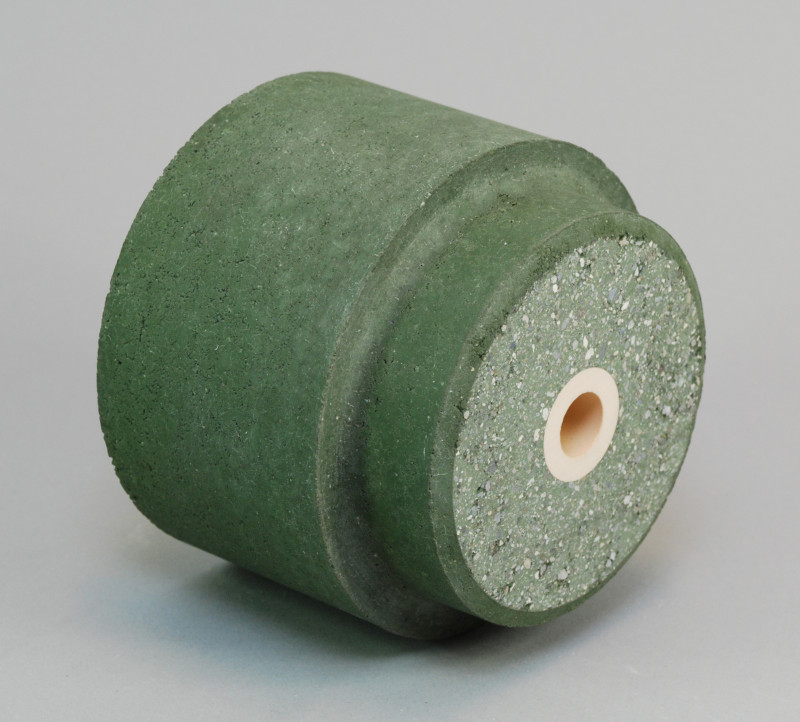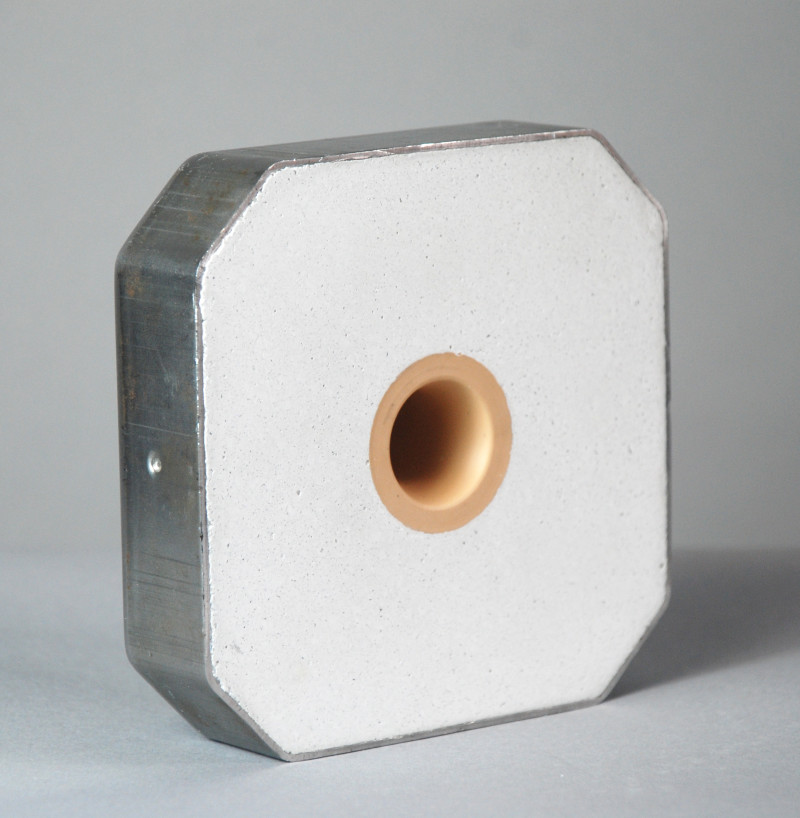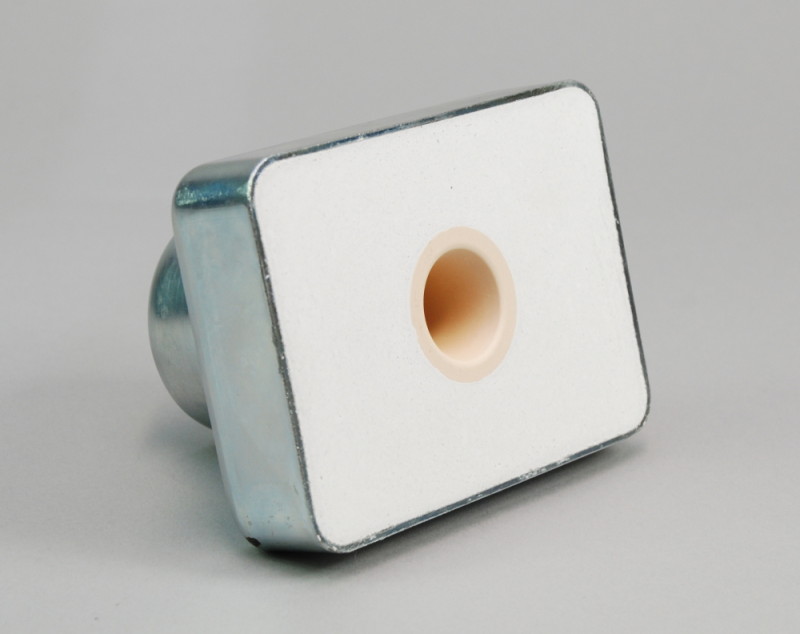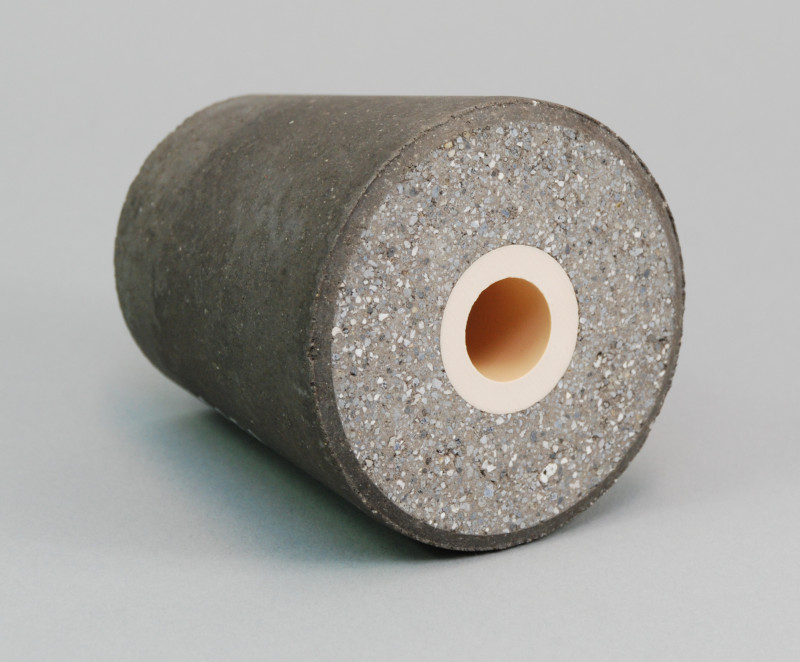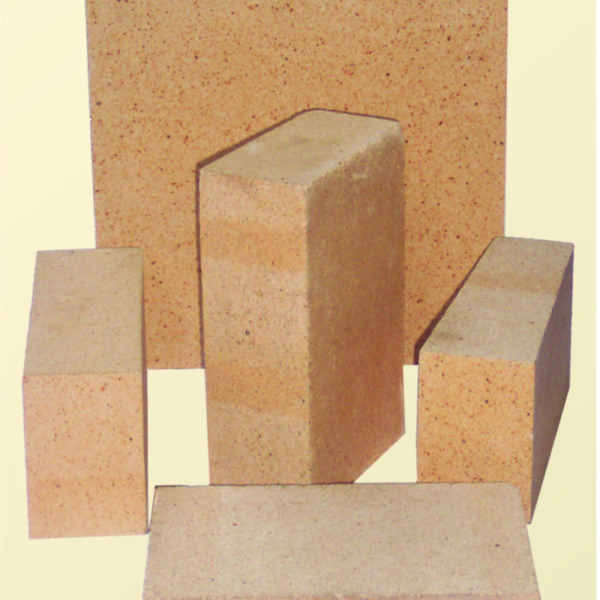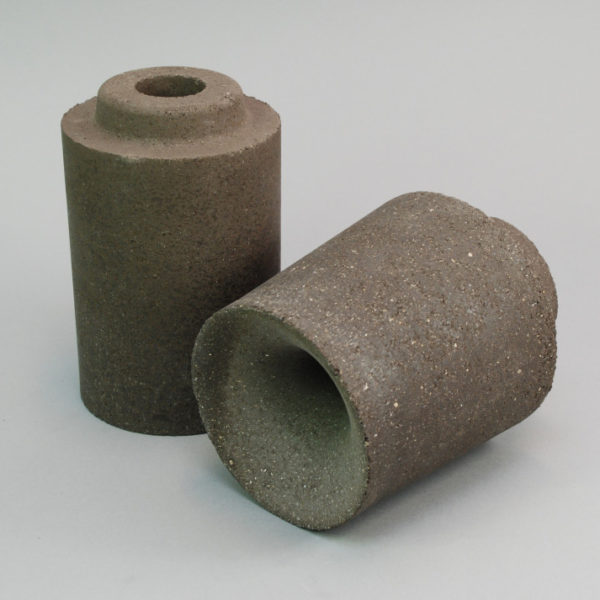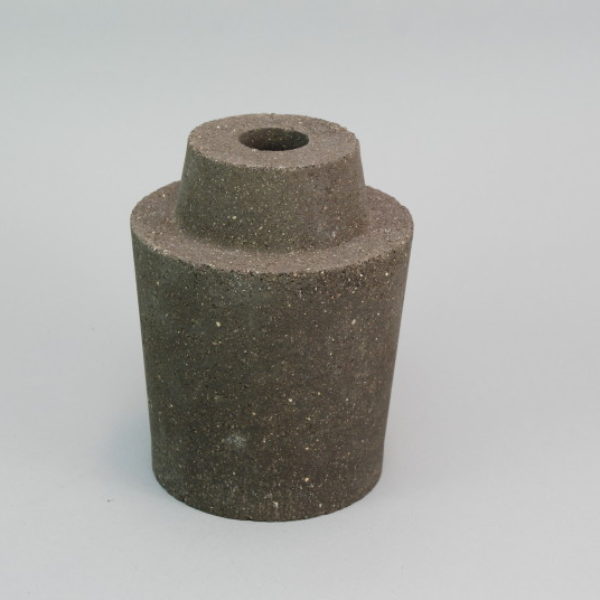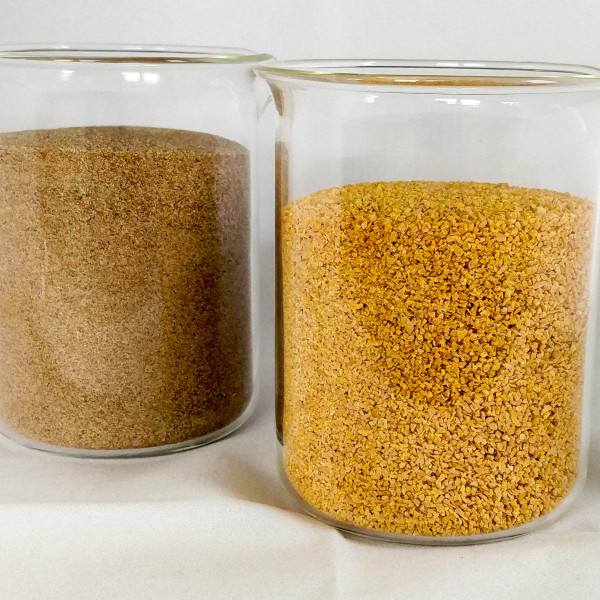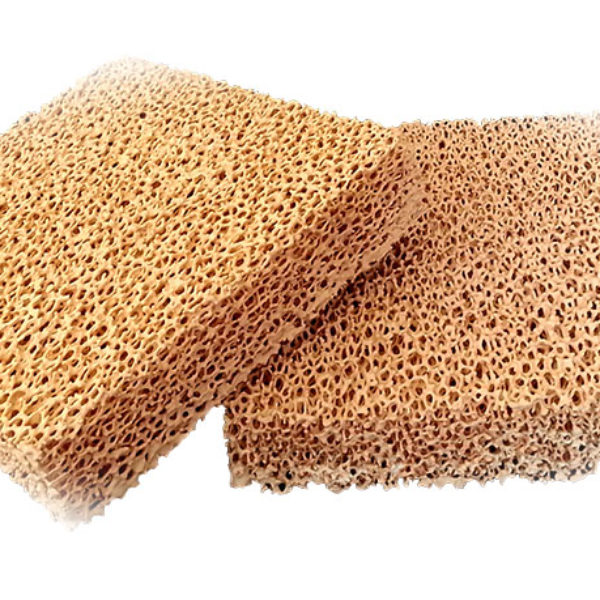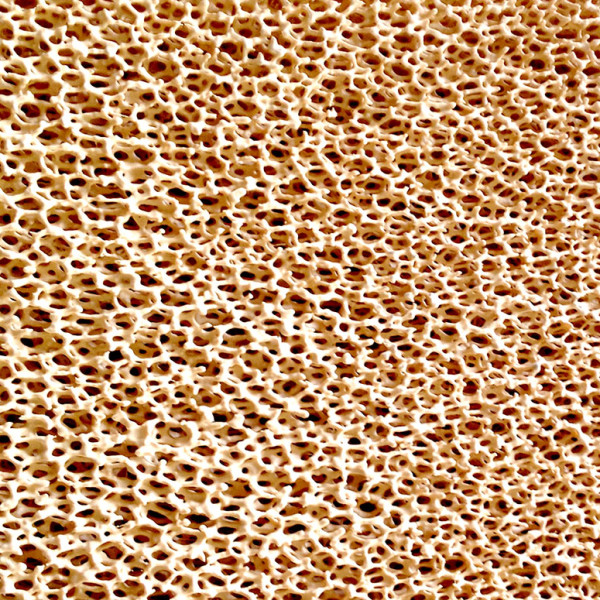Dyson Technical Ceramics manufactures a comprehensive range of high performance Zirconia Tundish Metering Nozzles used mainly in the continuous casting of steel billets. Tundish Nozzles usually comprise a zirconia inner nozzle (often referred to as a “zirconia insert”) with a lower grade outer body such as Alumina, Zircon or Bauxite.
Solid tundish nozzles were historically supplied but in recent years most steel plants have shown preferences towards a composite nozzle design for reasons of economy. The composite nozzle method of manufacture, pioneered by Dyson allows for the nozzle to be manufactured without the use of cement jointing, by pressing the outer material directly around the zirconia insert. This method of manufacture provides a reliable system with no risk of steel leakage between the insert and outer body.
Dyson Zirconia ZPZ™ Tundish Nozzle Inserts
Dyson’s reputation and success is mainly based on our range of ZPZ™, ultra high performance zirconia inserts. The performance of this type of nozzle is in some instances exceptional with many casting sequence records achieved. Advanced forming methods confer on the nozzles both high and uniform densities.
The ultra-high densities associated with the ZPZ family of products impart excellent erosion resistance even in the most severe casting environments. Consistent casting speeds are achieved and the products have a high resistance to oxygen lancing.
Properties of Zirconia ZPZ™ series Tundish Metering Nozzles include:
-
- Long and Extended Casting Sequence Times
- Controlled and Stable Casting Speed
- Resistance to Oxygen lancing
- Consistent Re-stranding
Exchangeable Tundish Nozzles
Recent developments in the continuous casting of steel billets has seen the introduction of exchangeable metering systems. Dyson Technical Ceramics™ manufactures tundish metering nozzles for Concast, Danieli, Vesuvius, Krosaki and Interstop nozzle changing devices.
Key features of a nozzle changer systems include:
-
- Improved casting operator safety
- Enables longer casting sequences
- Improved metallurgical quality
- Flexibility – Ability to reduce the casting speed by changing the nozzle diameter or closing strands to reduce metal flow.
Exchangeable metering systems include an upper and lower nozzle on each tundish strand. The upper nozzle is located within the tundish lining and conveys steel to the controlling lower nozzles.
Upper Nozzles (also referred to as: Stationary nozzles, Superior Nozzles, Inner Nozzles)
As upper nozzles are located within the tundish lining, these nozzles are fixed and must be able to withstand long sequence times. Therefore it is recommend that an ultra-high density ZPZ insert is used. The ZPZ insert provides excellent erosion resistance, allowing extended casting sequences. The ZPZ insert can be supplied with the following outer configurations:
-
- Chemically bonded bauxite, alumina or alumina chrome in a co-moulded configuration (no cement)
- High alumina, fine grained castable
- Zircon or Magnesia stabilised zirconia (cemented)
Lower Nozzles (also referred to as: exchangeable nozzles, flying nozzles, shooting nozzles, quick-change nozzles, outer nozzles, inferior nozzles)
The lower nozzle is located within an assembly that is fixed to the bottom of the Tundish. Once the nozzle wears out or the casting speed needs to be reduced the lower nozzle can be exchanged with either a new lower nozzle or a blank nozzle to shut the strand off entirely. Lower nozzles must be erosion resistant to enable long casting sequences. In addition to this lower must be able to withstand cold start practises or oxygen lancing. Therefore a balance of erosion resistance and thermal shock resistance must be achieved. This balance is achieved with Dyson’s ZPZ-D zirconia inserts. ZPZ-D provides high density for erosion resistance, yet the unique granulometry of the material gives the nozzle enhanced thermal shock resistant properties.
Blank Nozzles
Nozzle blanks consist of a metal can and an Alumina body. No Zirconia inserts are used. Blank nozzles are used to stop the flow of metal for a given tundish strand. Shutting the flow of metal to a certain strand will reduce the flow rate, slowing down the production and allowing other areas of the steel plant to catch up. The blank can also be used as a safety mechanism; if the steel casting finds one strand to be problematic the strand can be shut almost instantly. The strand can then be restarted by exchanging the blank with a new lower nozzle.
DysonTC™ also manufactures a wide range of standard (non-system) tundish metering nozzles.
The design of tundish nozzles vary according to the system manufacturer or the individual needs of the steel plant. Dyson Technical Ceramics manufacturers a wide range of tundish nozzle designs for both exchangeable metering systems and standard metering systems. Dyson’s tundish metering nozzles are supplied to exacting tolerances, ready for immediate use.
To talk to our experts about our tundish nozzles or to enquire please visit the contact us page.


